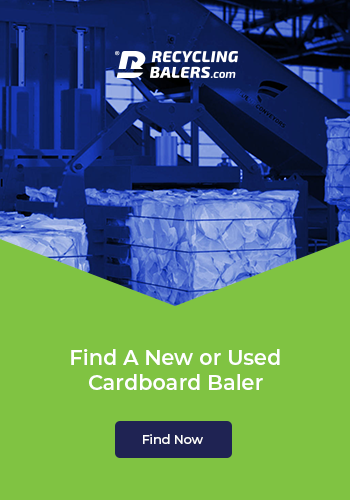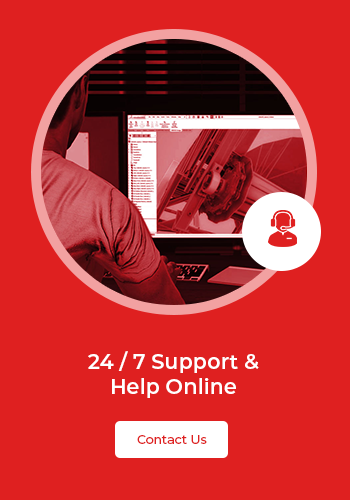How to Protect Your Conveyor from the Workplace Environment
Conveyor belts are one of the most useful pieces of equipment for many industries. They help to transport large quantities of materials with ease, ensuring the likes of production and recycling systems function with optimized efficiency.
However, a conveyor system is only effective if it is functioning correctly. If you don’t provide the right level of conveyor belt protection, this could lead to your system failing, and the type of delay this creates could be particularly expensive for your business. Plus, if you operate in an industry like food production, it could lead to costly product faults.
As a result, conveyor belt protection needs to be of the utmost importance. For help in that regard, below are a few helpful conveyor belt protection tips.
Avoid heavy loads
It’s true: conveyor belts are robust and can handle large material quantities. With that said, your conveyors can only take on a certain amount of weight. If you attempt to carry raw materials which are exceedingly heavy, this can lead to your belt slipping off the pulleys.
Fortunately, the conveyor belt protection fix for this potential problem is an easy one. Simply ensure your material handling doesn’t exceed the maximum weight limit of your conveyor system.
Keep the temperature right
If the temperature of your facility changes drastically, this can have a detrimental effect on your conveyor system. For instance, if your conveyor is suddenly plunged into the intense cold, this can lessen the grip between the conveyor’s belt and pulley. This may result in the belt slipping. These problems can also arise if your work conditions experience intense heat and humidity beyond the norm.
As far as conveyor belt protection is concerned, you may not be able to have full control of the temperature in terms of the weather. However, if you’re regularly working in hot or cold environments, you can select a belt that is designed to handle extreme temperatures.
Regular maintenance
When it comes to conveyor belt protection, routine maintenance is one of the most essential steps to take. You need to regularly check your systems and conveyor parts, as problems can arise over time. Parts can suffer from rust, for instance, while a collection of dust can also cause issues if regular cleaning isn’t performed.
You’ll also want to make sure regular lubrication, tensioning, tracking, and other maintenance tasks are completed for conveyor belt protection.
Educate your employees
If your employees are not educated on using and maintaining your conveyor belts, this can lead to problems. Not only can your conveyor belts suffer, but your workers may also be injured without the right safety precautions in place.
As part of your conveyor belt protection strategy, you must teach your employees about the correct procedures. They should know about everything from keeping water away from machinery to avoid placing unsafe flammable products on the conveyor, etc. If you need any further advice about protecting your conveyor belts, get in touch with the experts at Fluent Conveyors today.



